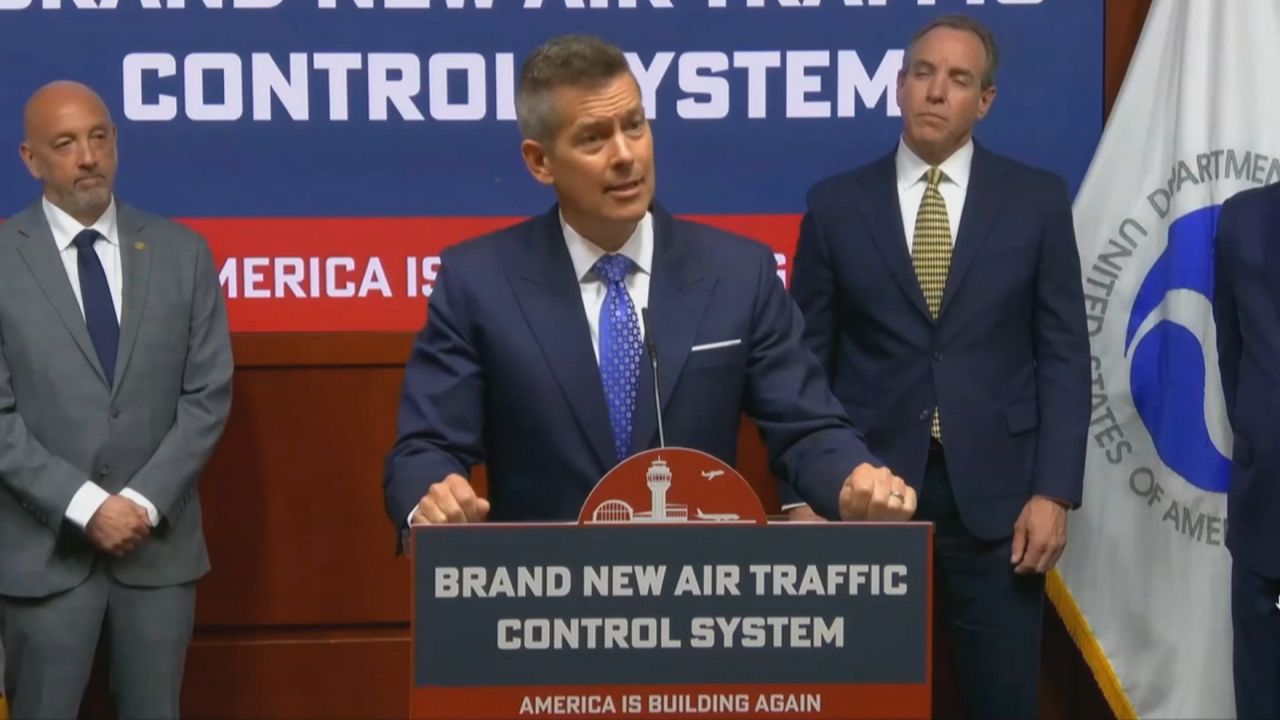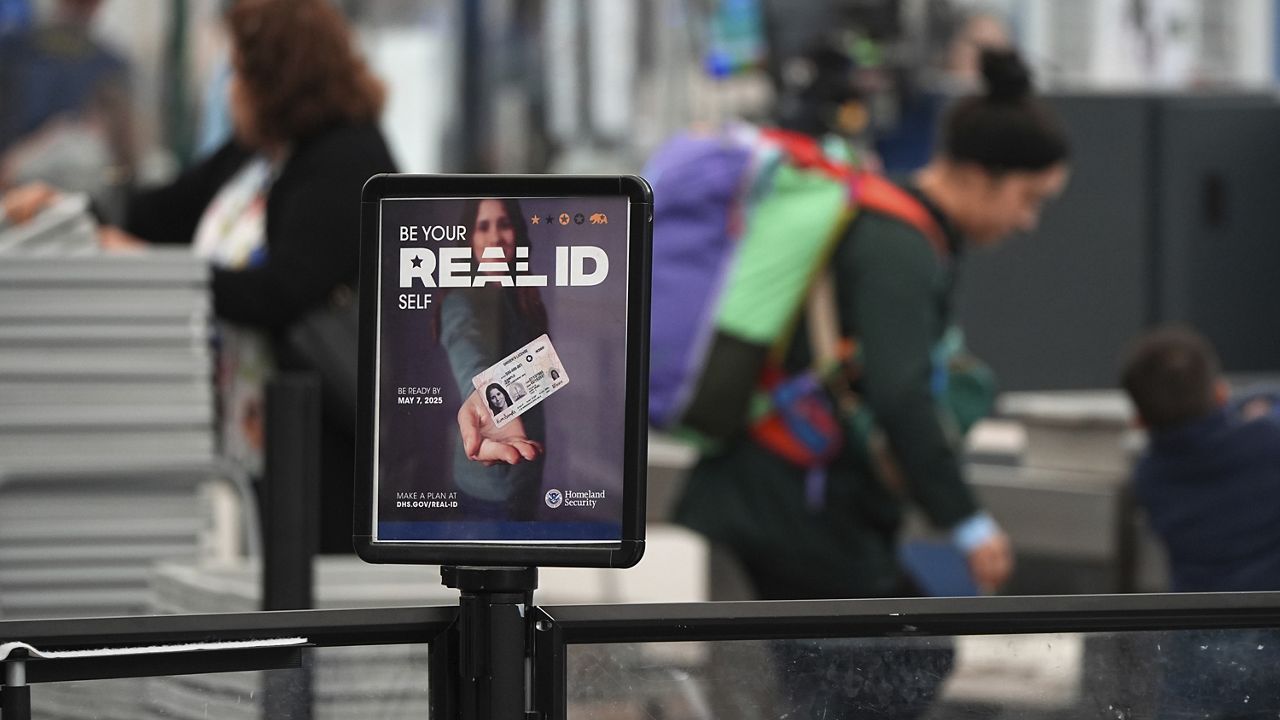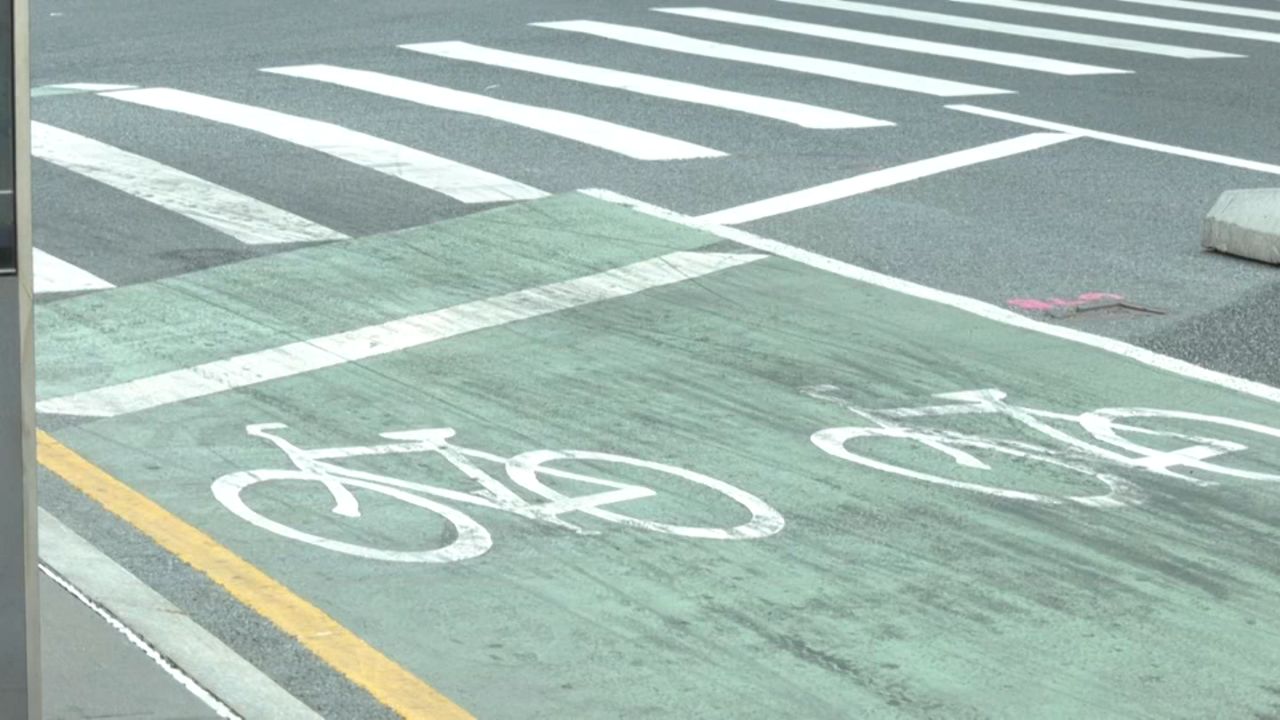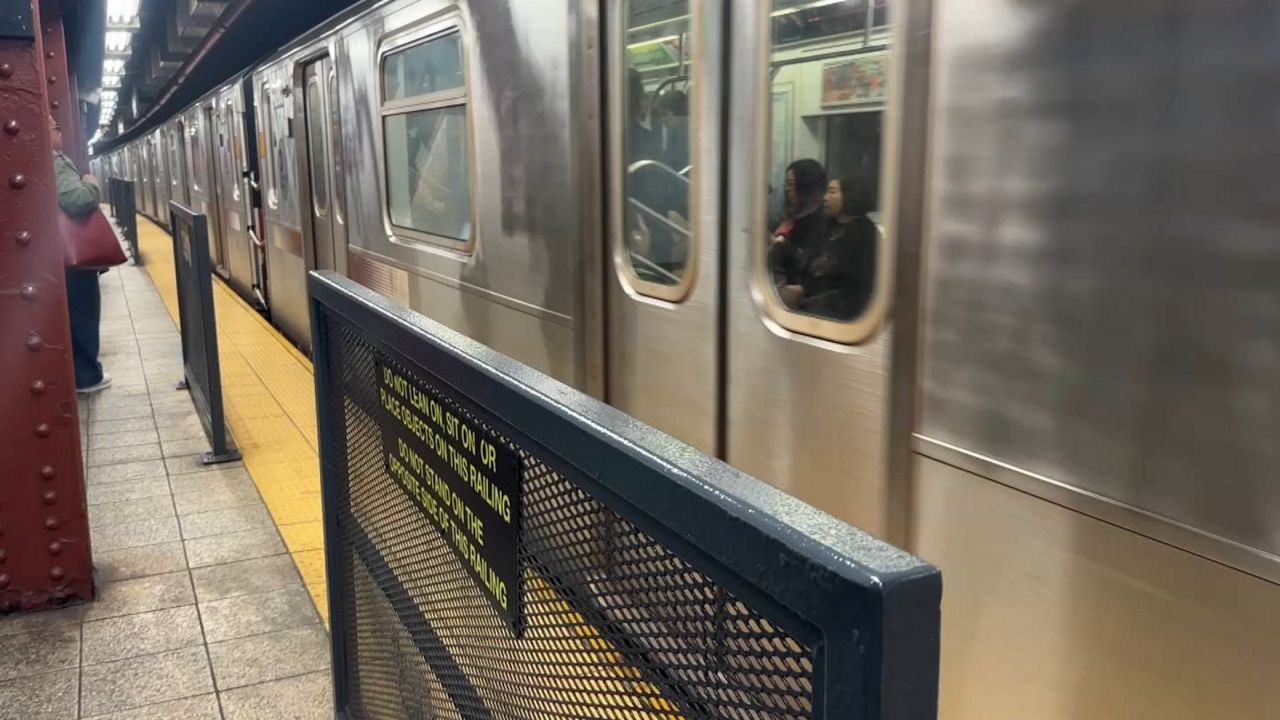Most A train riders from the Rockaways have had to take buses to get off the peninsula. Commuters said they understood it was for infrastructure upgrades.
“Yeah. You couldn’t deny it,” Justin Guan said. “It’s for the safety of everyone.”
“Definitely worth it, for sure,” Giselle Carter said as she waited for the free shuttle to the A train. “Whatever it is to improve our planes and our train stations, whatever it may be.”
What You Need To Know
- The nearly $400 million project to completely replace the Hammels Wye, the viaduct connecting the Rockaway Peninsula to the rest of Queens, and mechanical components of the South Channel Bridge, were needed due to damage from Hurricane Sandy
- Walls were built to protect the structure from storm surge and debris from future weather events, and components for signal modernization or CBTC were installed to accommodate future upgrades on the peninsula
- The project came in on time and on budget thanks to one contract being put out for all the work
- A train riders in the Rockaways have been without service since January. It resumes May 19
One of those upgrades: the Hammels Wye.
“You know, instead of waiting for the next disaster to strike, we have replaced our infrastructure out here so that we can keep running service instead of having to deal with it after,” Jamie Torres-Springer, president of MTA Construction and Development, said. “It’s 1,500 feet of new viaduct for a bridge for trains to run on to come on to the Rockaway Peninsula.”
The Hammels Wye was inundated by storm surge and debris from the remnants of Hurricane Sandy in 2012, shutting down service to the Rockaways back then for seven months.
Now, not only have they rebuilt the whole Hammels Wye, including concrete and new track, they are also protecting it from future storm surge by building a wall, also protecting it from debris.
“There’s one on each side of the bridge that the train service is going to run over,” Torres-Springer said. “We’ve got a 12-foot wave barrier that we’ve put in place here to protect all of the infrastructure that we’ve rebuilt.”
There’s also preparation for future signal modernization or CBTC, among other components.
“The coordination between the different areas, not to mention we have South Channel Bridge moving Swing Bridge, which is the only one in our system, very complex parts that had to be rehabilitated and new control systems,” project CEO Deidre Harvey said. “There’s a lot going on at the same time. And then put it all back together like Humpty Dumpty.”
But in the end it means results for riders.
“They’re also going to notice that they’ll have more reliable service, because often in the past, the South Channel Bridge, which opens and closes for marine traffic into Jamaica Bay, would get stuck open,” Torres-Springer said. “And now we’ve rebuilt all of those systems, which means it’s going to be much more reliable. There should be far fewer disruptions.”
All of it done on time, on budget, and not soon enough for commuters.
“I’m actually excited about that,” Carter said.
Service resumes May 19, and the MTA says it will be decades before it will have to be shut down again.







_Pkg_NYPD_Cyclist_Crackdown_CG_134196529_4534)




